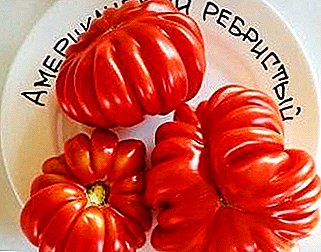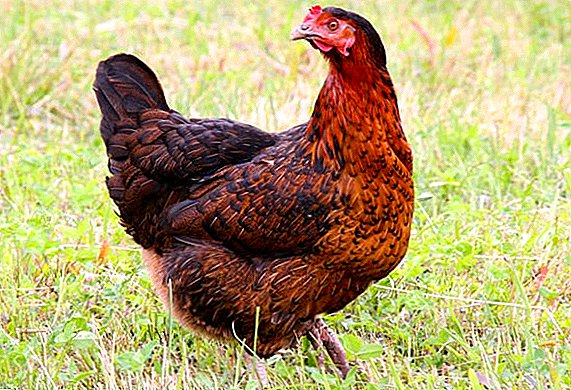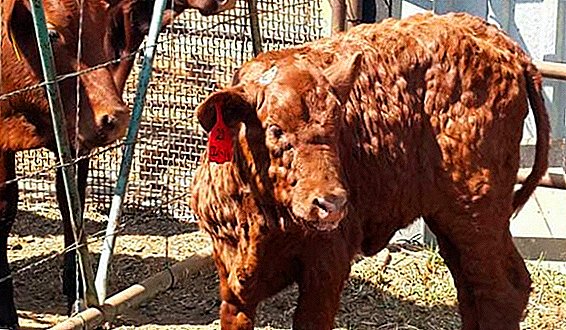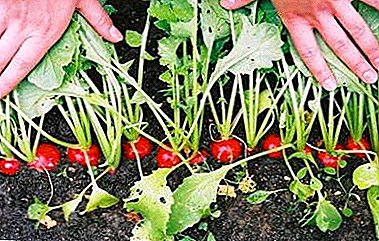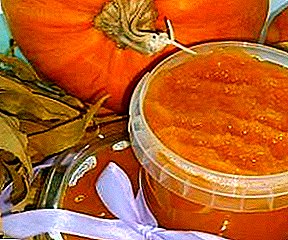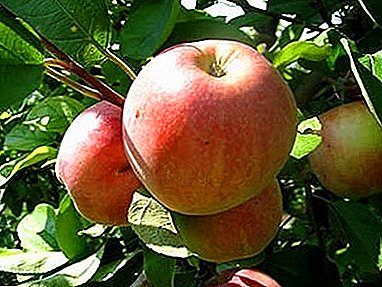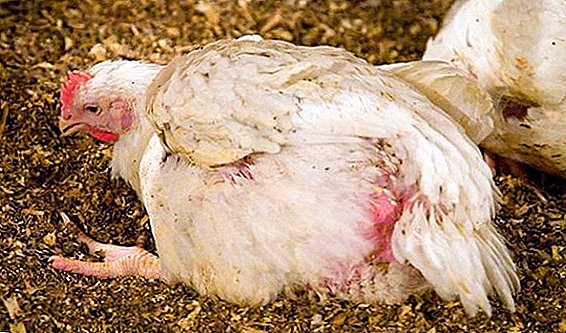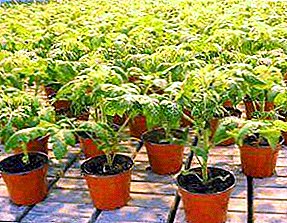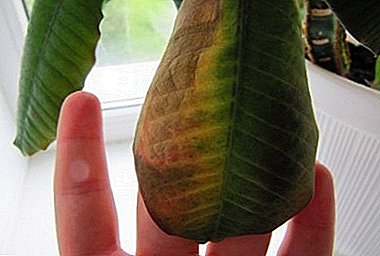
Euphorbia (euphorbia) is almost common all over the planetSome of its species are found only on the African continent.
The “milkweed” family refers to succulents, that is, they retain moisture for a long time.
Despite the fact that milkweed juice contains toxic substancesThis is not a hindrance for many pests.
Lovers of ornamental species should also be aware of the presence of potential diseases that require treatment.
Such species of Euphorbia are very popular in home cultivation: Multifloric, Fringed, Cypress, Tirukalli, Ribbed, Pallas, Belozhilkovy, Mil, Triangular.
Diseases
If you have a question: “why do euphorbia turn yellow and fall leaves and what to do with it?” - most likely the whole thing is in the wrong care. Insufficient illumination leads to paleness of the leaves and falling off. A quick change in temperature leads to wilting or loss of leaves.
Why does euphorbia dry (turn yellow) and shed leaves?
"Autumn Syndrome"when at room euphorbia the leaves turn yellow and dry, and then fall off, it signals insufficient watering or excessively dry air.
Why spurge dropped leaves?
it due to excessive watering. It will also affect the coloring: this leaves the leaves unevenly colored.
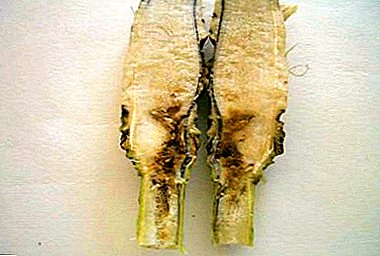 The most common infectious diseases include fungal and viral diseases:
The most common infectious diseases include fungal and viral diseases:
- Alternaria;
- root and stem rot;
- powdery mildew;
- gray rot;
- bacteriosis;
- mosaic
Gray rot
A fungal disease characterized by brown rotting spots on the leaves. Gradually increasing, spots capture the entire sheet.
High humidity of the air leads to the fastest development of the fungus, as a result the leaves become gray.
Infection is possible through air, water and soil, in which the fungus persists for a long time. Factors that increase the risk of infection:
- too humid air;
- lack of ventilation;
- soil saturation with nitrogen.
To combat the fungus are used systemic fungicides (antifungal substances). Prevention - do not allow waterlogging and use sufficiently loose substrates for planting.
Alternaria
 The appearance of the fungus indicate large spots on the leaves, usually dark.
The appearance of the fungus indicate large spots on the leaves, usually dark.
At greater risk of old or weakened leaves.
Waterlogging and hot air accelerate the development of the fungus.
The pathogen can be in the soil and the remains of diseased plants.
For treatment, systemic fungicides are used (Ridomil Gold, Scorr). If the humidity is high enough, biological fungicides should be used. for prevention.
Root and stem rot
Characterized by the appearance on the stem, directly above the soil surface, dark depressed spots. Gradually, the infected area grows, penetrates deeply and affects the internal tissues. The stem breaks and dies. The pathogen (pathogen) is long preserved in the soil.
This situation often leads excessive nitrogen and too abundant watering, hot climate and lack of lighting, as well as increased density of substrates.
Mealy dew
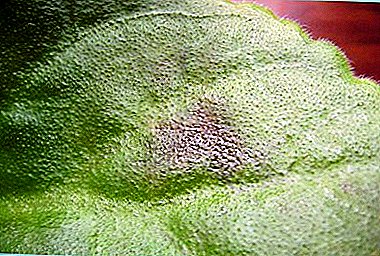 The causative agent is also a fungus and is manifested in the appearance of fluffy plaque (powdery mildew).
The causative agent is also a fungus and is manifested in the appearance of fluffy plaque (powdery mildew).
Under a touch of leaf tissue dry.
If a take no action, infection can lead to death succulents.
The fungus is transmitted from the diseased plant. by the wind. Worse the situation of dry and hot climate, dried substrate.
The fungus is not able to harm a healthy green body, so the best prevention is proper care. If the infection progresses, antifungal agents are used.
Bacteriosis
Bacteriosis is associated with poor growth and cessation of flowering. Stalks and leaves strike rotten spots, from which a turbid liquid with a strong odor. The pathogen can be in the remains of diseased plants for a long time.
Should to exclude possibility of mechanical damage, because it is through them that the pathogen penetrates.
Tobacco mosaic
 Viral infection, in which the leaf undergoes deformation, and signs of chlorosis are visible on the veins.
Viral infection, in which the leaf undergoes deformation, and signs of chlorosis are visible on the veins.
The main signs are the appearance on the leaf plate of a pattern consisting of the smallest multi-colored spots, color from white to yellow and red.
The most common carriers of the virus are insects, especially - whitefly.
Infected cuttings better do not use. For prevention it is necessary to carry out insecticidal treatment.
Rough growths on euphorbia
Such a deviation in development can not be called a diseaseThis is just a defensive reaction to open sunlight.
Coarse brown thickening affects the appearance, but in no case is not dangerous.
It is impossible to treat yes not necessaryand if such a view is undesirable, then you need to protect it from the scorching sun.
Pests
The danger can come from various insects that parasitize the plant and cause him harm.
Aphid
 When aphids appear, the milkweed leaves become deformed, then turn yellow and fall off.
When aphids appear, the milkweed leaves become deformed, then turn yellow and fall off.
Other affected areas become discolored.
The plant looks depressed normal growth and development ceases.
To fight insects you need, first of all, collect them by hand.
They are not difficult to notice, they are yellow or light green. Strongly affected shoots will have to be removed.
Preparations are used for further processing:
- fitoderm;
- derris;
- actellic;
- decis.
White fly
Whitefly larvae parasitize on the lower part of the leaves, where feed on cell sap. The first sign of their appearance is yellow or white spots on the leaf blade. Further, the leaves of milkweed curls, turns yellow and finally falls.
Whitefly larvae greenishand the adult is a white midge whose presence can be easily noticed.
Root mealybug
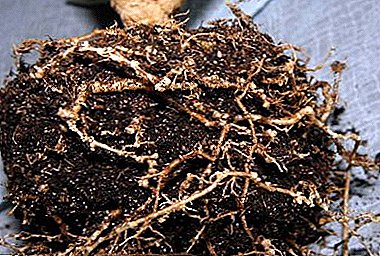 Infected are the roots, where the parasites accumulate in the form of powdery aggregations.
Infected are the roots, where the parasites accumulate in the form of powdery aggregations.
If the infection progresses, insects become visible on the root neck.
As the roots are affected, the plant grows larger. slows growth.
The leaves turn yellow first, then dry and die.
When insects are detected, carefully sprinkle the spurge from the ground, remove the soil remains from the roots and treat with insecticide solution.
Pot need sanitize and fill with fresh earth. With each transplant is necessary examine the roots carefully for detection of this disease.
Red spider mite
Spider mite small enough, just half a millimeter, light brown or red. It feeds on young leaves. If white or yellow spots appear on them, this may be a sign of the presence of a tick.
To isolate the infected seedlings need to pour warm soapy water. To destroy the tick apply acaricides.
Mosquitoes on euphorbia
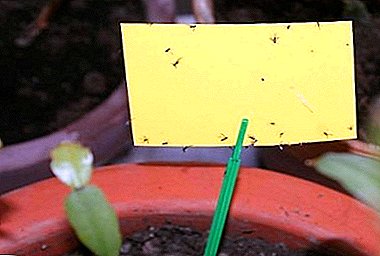 Adult individuals of mosquitoes of the Sziar family do not harmhowever, the larvae are laid, which will parasitize on the plant.
Adult individuals of mosquitoes of the Sziar family do not harmhowever, the larvae are laid, which will parasitize on the plant.
The size of the larvae is about half a centimeter, and they are especially dangerous for seedlings.
If larvae are detected, the best option would be transplant immediately healthy seedlings, isolating them from infected.
For prevention you can insecticide. Dry sand sprinkled on top of a thin layer is also not attractive to mosquitoes. It is possible to fight adults arriving in the traditional way - Insect Velcro.
Ways to fight
What to do if euphorbia turns yellow and sheds leaves? The characteristics of the diseases show that almost all of them occur with inappropriate care of green pets.
A violation of agricultural technologies leads to some deviations in development. Infectious diseases affect primarily weakened plants. Compliance with all the rules virtually eliminates the risk of infection. However, sometimes this happens.
Gardener's task - time to recognize the threat. It is necessary to conduct a regular inspection of green pets, and if a disease is detected, take action.


